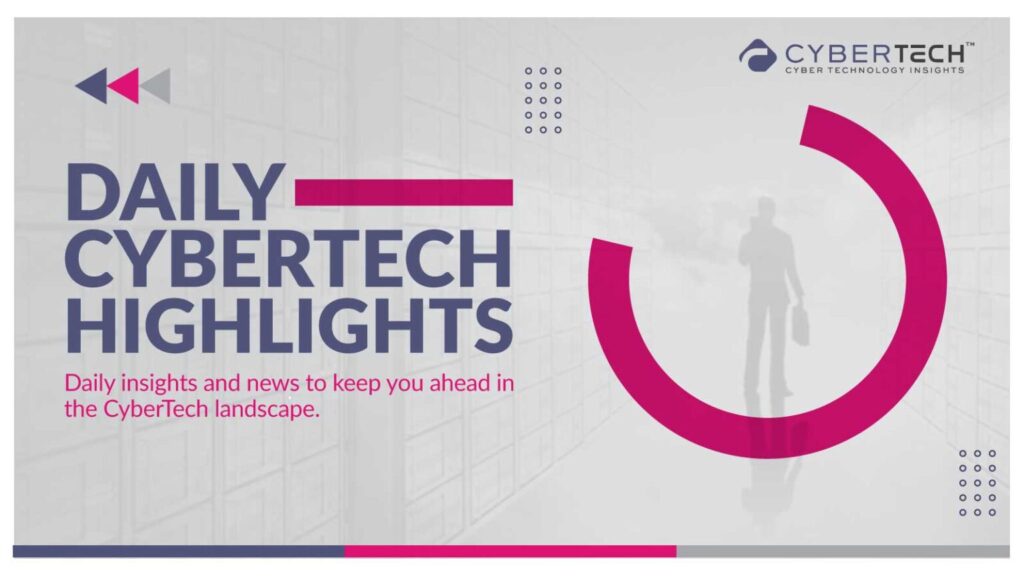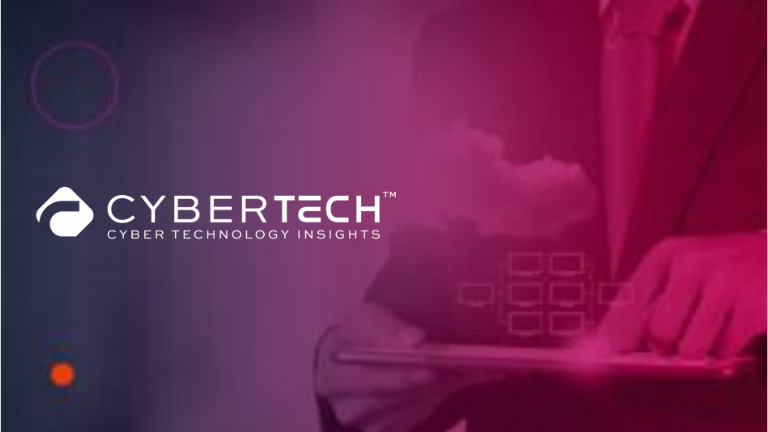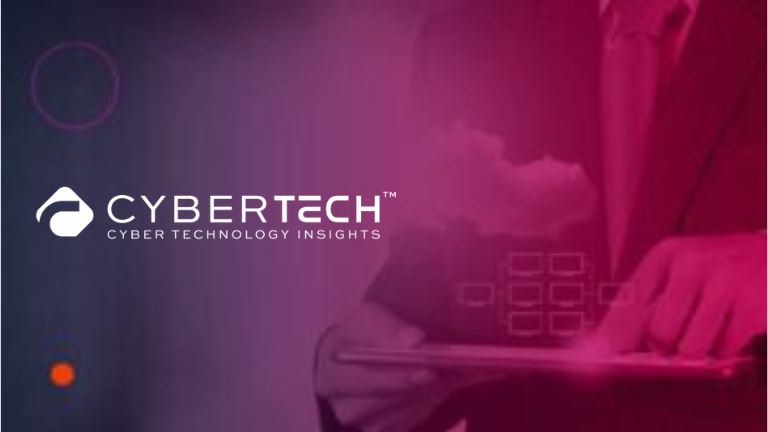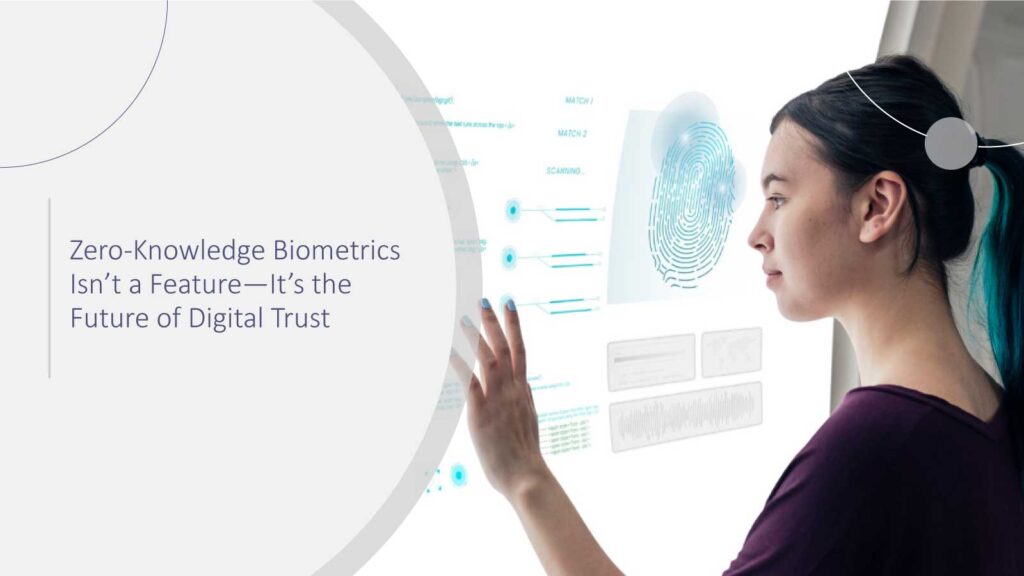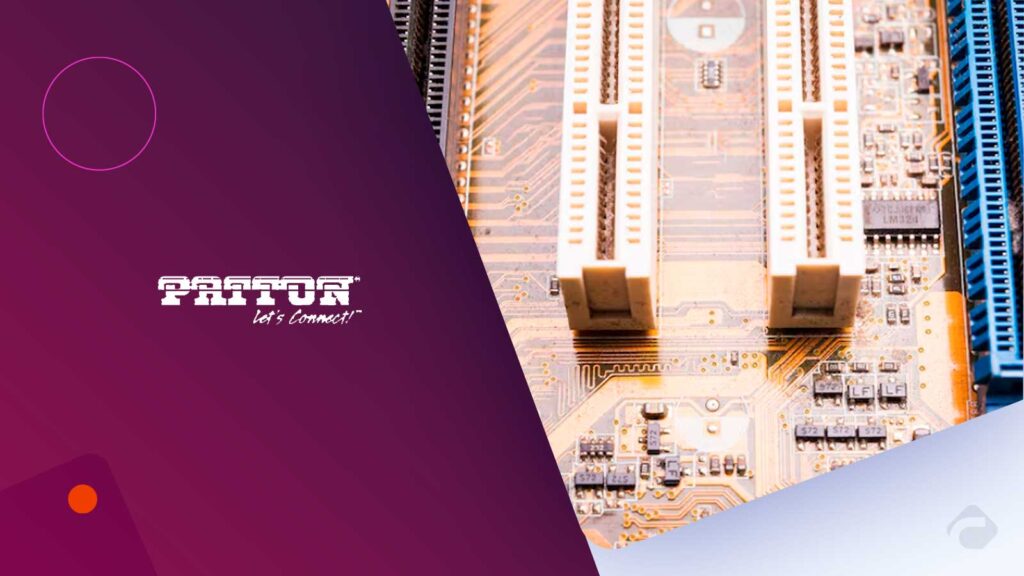Introduction: When Reality Is Not Real
Picture this. You are about to get on a Zoom call with your company’s CFO. He looks exactly as always, sounds his normal calm self, and is asking you to approve a wire transfer. No big deal, right? Except, what if the screen “CFO” is not even a human half the time, but a Deepfake video created by bad actors? We are very close to what some are terming Dark AI. We now live in a world where AI can not only be an on-site improvement for a business, but also be a source of highly damaging and dangerous deception in one of the worst cybercrime threats we have ever seen. There are Deepfake videos that look frighteningly and shockingly real. There are phishing emails that are more than personalized emails filled with very few grammatical errors. Cybercrime has become so fast-paced, faster that many organizations cannot keep up with it.
Here’s the kicker: the boundaries between ‘real’ and ‘synthetic’ have never been more ambiguous. What if you can’t trust your own eyes, ears, or even inbox? That’s a disconcerting but pressing reality for cybersecurity executives today.
Here’s the kicker: the boundaries between ‘real’ and ‘synthetic’ have never been more ambiguous. What if you can’t trust your own eyes, ears, or even inbox? That’s a disconcerting but pressing reality for cybersecurity executives today.
This article will cover:
- What Dark AI means and why it is more than just a philosophy
- How deepfakes are being weaponized in business and politics.
- Why next-gen phishing is much harder to detect than the average Nigerian prince email.
- Some actionable steps professionals and organizations can take to reinforce digital trust.
Let’s get started, but keep your skepticism front and center. You can use it.
What Is “Dark AI,” Eventually?
Dark AI uses artificial intelligence to facilitate cybercrime. It allows the scale, personalization, and deception that AI can achieve to levels humans would never be able to achieve on their own, and requires computers. Attackers use Dark AI to create realistic deepfakes, clone a person’s voice, and create phishing emails so believable that users lose their instinctive defenses. In Europol’s past report, they mentioned Dark AI as a way to alter the nature of identity theft, misinformation, and fraud. The threat is not just the technology but the fact that the actions and automation of deception make a multitude of much more advanced attacks based on Dark AI available to basically anyone who has malicious intent with regard to system security.
Recommended: What Is Dark AI: The Hidden Dangers of AI in the Wrong Hands
Uses of Deepfakes Technology – From Boardrooms to Elections
Deepfakes once existed only as sci-fi pranks but have evolved from a clever trick of the internet into a far broader weapon that can affect boardrooms, financial institutions, and governments. To make it worse, they are believable and actionable.
In 2019, criminals used an AI voice program to imitate the CEO of a British energy firm, allowing them to convince one of the firm’s executives to wire nearly $243,000 to a bogus business account. The AI voice had the same accent, tone, and urgency as the CEO, ensuring that the impersonation was too eerily real for the unsuspecting executive to question – the funds were long gone when the fraud was later discovered. This is not a teenage boy using a voice filter – this is high-powered AI being used with practice.
Deepfakes are also finding their way into politics. Picture a phony video with a candidate saying incendiary things coming out only days before an election. That video will be shared across social media like the plague and reach millions of people before fact-checkers can get their hands on it. And considering a Pew Research study in 2024 indicated that 59% of U.S. adults have trouble telling the difference between fake news and real news, the threat of misinformation is massive.
But it’s not only public figures it’s the everyday worker. Scammers can create fake Zoom calls that mimic the likeness and voice of a colleague to convince employees to share sensitive information or approve financial activities. Gartner says that one out of every four security breaches will include synthetic identity or content from AI-generated material by 2026.
What makes deepfakes so potent? At its root, it taps into the infrastructure of trust. People generally trust their own eyes and ears. While you would consider the possibility of doubt when it comes to a tacky phishing email.
The threat actor knows that you wouldn’t trust the executive-level email as much as you can trust a video of your boss saying whatever. They don’t have to break through firewalls; they can hack human perception.
So what does this mean for professionals and organizations? It means developing your teams to question not only links in emails, but voices on calls and faces on screens. It means implementing verification processes for sensitive requests, like two-step confirmations, that do not rely on visual or audio confirmation.
The reality of deepfakes is here; as a neutral technology, as a society, we use it as a means to erase trust. The question is, how do we maintain trust when reality can be manufactured and suspended?
Next-Gen Phishing – Smarter and Sharper, and Harder to Detect
Remember the old-school phishing emails? Bad grammar, an unusual link, and an “urgent” plea from a “Nigerian prince” offering you millions. They were easy to identify. Next-gen phishing attacks, powered by Dark AI, are another beast, polished, personalized, and practically impossible to tell apart from “real” communication.
Instead of email blasts where attackers just “hope for the best,” next-gen phishing takes advantage of AI to scour social media, corporate websites, and leaked data to produce targeted messages. An email may reference the specific project you’re working on, adopt your manager’s tone, or arrive right when you were expecting your report. In other words, it feels real because it is trained on your own experience.
Phishing is still the most common attack vector, and an IBM Security report from 2024 recognizes that while phishing is bad enough, AI-driven phishing can increase the likelihood of success rate by as much 70% over traditional phishing campaigns. This is because they are contextually rich and have no mistakes, so they do not generate the red flags that we have now learned to be suspicious of.
But it does not stop at email. Smishing (SMS phishing), vishing (voice phishing), or even LinkedIn connection requests can all be turbocharged by AI! How would you feel if you got a voicemail sounding just like your IT Helpdesk, urging you to reset your password on a link that looks legitimate? Or if a LinkedIn recruiter talks to you so naturally about a job opening, and once you proceed to apply, they leverage your responsiveness to include malware in the job application?
For professionals, this means vigilance takes a new form. Spotting a typo is no longer enough; organizations now need multi-factor authentication, advanced threat detection, and ongoing training for employees. The new defense mechanism is “verify before trust”.
Next-gen phishing is precision bombing, not carpet bombing. And in our hyperconnected world, precision is often all you need to facilitate widely successful attacks.
Creating Digital Resilience Against Dark AI
Defending against Dark AI is more than a firewall and antivirus. It’s a shift in mindset. A shift that realizes that trust is now also a target. Building resilience starts with layered defenses: multi-factor authentication, endpoint detection, and continual monitoring using AI to recognize anomalies faster than most people can.
Employee awareness is equally important. Training should include not just recognizing potentially suspicious links, but also recognizing deepfake calls, unusual requests, and > “too perfect” communication. One could also add verification protocols about confirming sensitive approvals coming from another channel- this could eliminate the effect of being fooled by an AI and stop it before it happens.
Organizational leadership must also make an investment and build partnerships with other cyber threat intelligence companies and share data across industries should strengthen defense efforts: no company is fighting against Dark AI alone. By employing smart technology nd human skepticism aided by collective intelligence, digital trust can be a challenge, but will become an asset for businesses.
The Human Element in Cyber Security – The Need for Awareness
Technology may serve as our first line of defense against Dark AI, but human beings will always be our last line of defense. Cyber criminals know this, and they design their attacks to take advantage of the absolutely quintessential human instinct, unaware trust and authority, and urgency. After all, a convincing voice or video can override the best judgment, but no one cares about your firewall.
Awareness is not a “nice to have” commodity; it is a strategic necessity. Staff need to be aware of the fact that, despite your best efforts to maintain a strong security posture, if employees click, approve, or share without thoughtful questioning, it can all be bypassed. An AI-generated phishing email will NOT be sloppy; it will look like business as usual.
Awareness is a level of skillset that is helping make a habit, rather than an annual compliance training experience therefore, going to a simulated phishing, discussing the impact of deepfakes, and having leaders model careful and deliberate (and action posing) behaviours, in instances where there is need for verification and allowing staff opportunities to do the same.
Fundamentally, cybersecurity is not an exercise in constructing a wall that defies penetration; it is using existing tools to encourage a workplace culture where skepticism = safety. Dark AI is completely dependent on blind trust, and awareness will ensure it does not get it for free.
Read more about Phishing & Deepfakes Top AI Threats, Cybersecurity Budgets Soar: TEAM8 Report
Future Outlook – What Can We Anticipate in Dark AI Combat
The cybersecurity battleground is evolving, and Dark AI has just begun. As generative models continue to lower costs, speed up workflows, and provide an outlet for more accessible AI, attackers will take advantage of their time and money with alarming instinct and speed. Tomorrow’s deepfakes will be more than just visual deceits; deepfakes will learn in the moment, like a conversation during a live call. Phishing will not just come in the form of an email; phishing will be an actual conversation that will learn from your phraseology, responses, and engagement, so it can drive you deeper to your advantage.
On the defender, there is a non-despair. There is no defense. AI is becoming the most effective ally to defenders of all types at the same time. Their subtlety and anomalies can be identified by machine learning. For example, a voice with microscopic digital artifacts and paralinguistics, or an email that has submissions for communications that deviate from that context to the sender. Global partnership, broader frameworks for digital identity, and better verification are all going to play relevant roles.
Dark AI will do much more in the future than it has done historically. The challenge is not hoping Dark AI goes away–it’s a reality–will organizations be agile enough to adapt in the future to stay ahead?.
The Importance of Policy and Regulation in Limiting Dark AI
Technology and awareness are our primary defense in limiting Dark AI, but we cannot depend on organizations alone. Policy and regulation will be influential in controlling how these technologies are created, deployed, and assessed. The misuse of AI could be so serious that, unless we have the guardrails in place, it could outsmart any safeguards we could have.
Governments worldwide are beginning to respond. The European Union specifically is taking action with the AI Act, creating compliance (e.g., deepfake) for high-risk AI systems. In the United States, the Federal Trade Commission (FTC) is issuing warnings of deceptive practices related to AI, signalling increasing regulatory oversight. Frameworks like these exist to provide accountability-if a deepfake is produced, it is labelled; if AI tools are misused, there will be accountability to check.
From a business perspective, regulation is not a roadblock. It is a guardrail for digital trust. Transparency regulations can help audiences tell the difference between real and synthetic content. Stricter identity verification regulations can help reduce impersonation of each other. Studies show that regulatory principles that are clear enhance consumer confidence and lead them to become more participatory in online interactions.
However, regulation alone cannot keep pace with the speed of technology, which means we need a balance of positive regulation, technology, and human vigilance. Organizations need to prepare for now-inevitable regulation, not just early adaptation but engaging with ethical AI practices, as building trust as we move to digital-first will extend well beyond tech fixes: it’s a shared responsibility.
Conclusion: Trust, Technology, and What Lies Ahead
Dark AI, deepfakes, and next-generation phishing are reminders that cybersecurity is not just in the business of protecting systems, it is protecting trust. The threats are there, but so too are the solutions: ever-smarter defenses, continued awareness, and the ability to think critically about what appears to be real. Technology will continue to evolve, but we get our resilience from coupling human judgement with AI defences. A common message that you will share with your colleagues within your organization is to verify before you trust. When reality can be manufactured at will, skepticism is not a vice it is your greatest strength.
FAQs
1. What is considered Dark AI?
Dark AI is a term that encompasses the malicious use of artificial intelligence, which can include deepfakes, voice clones, or AI-driven phishing attacks.
2. How dangerous are deep fakes to businesses?
Deepfakes can impersonate corporate executives during video calls or voice messages, and can deceive employees into transferring money or sensitive data.
3. Why is next-gen phishing more complex to identify?
Starting with AI-generated phishing is very context-specific. It is personalized to the user, contains subject knowledge, and is 100% grammatically correct. The context makes it much more believable than older phishing scams.
4. Does AI protect against Dark AI?
Yes! AI tools can identify anomalies, synthetic content, and suspicious behavior much more quickly than humans.
5. What can professionals do to protect themselves?
Use multi-factor authentication, confirm unusual requests, and continuous cybersecurity awareness training.
For deeper insights on agentic AI governance, identity controls, and real‑world breach data, visit Cyber Tech Insights.
To participate in upcoming interviews, please reach out to our CyberTech Media Room at sudipto@intentamplify.com.


